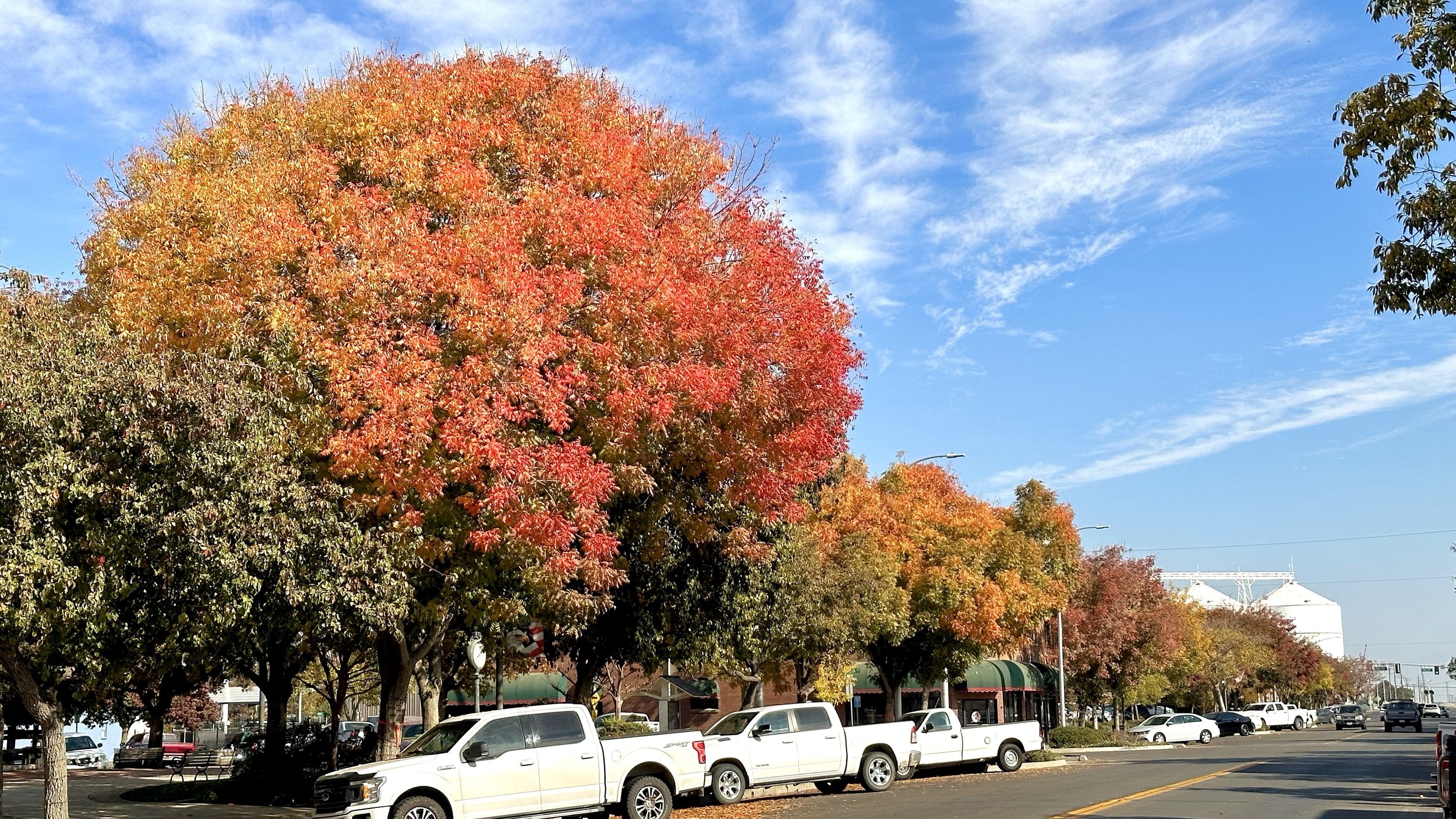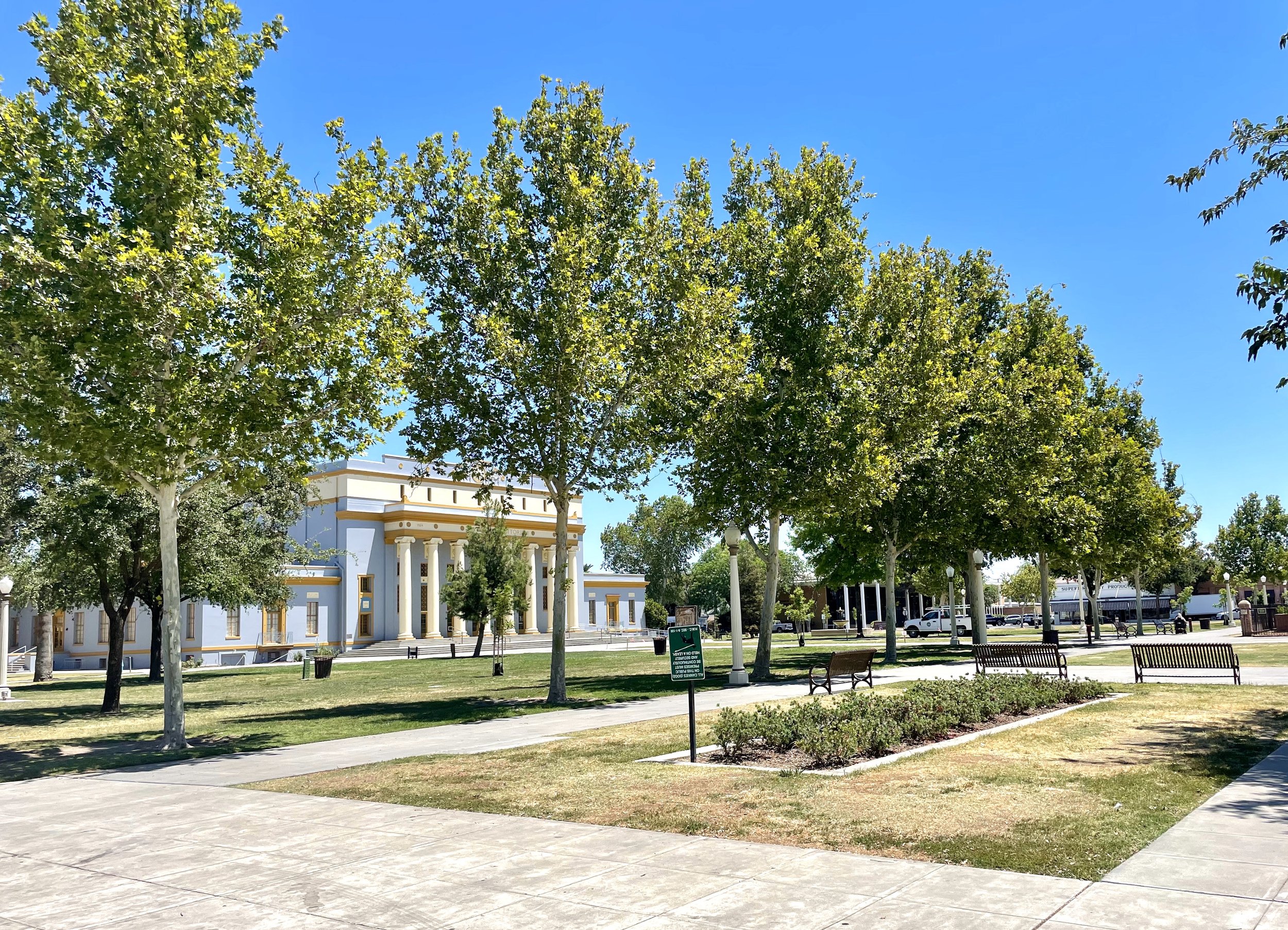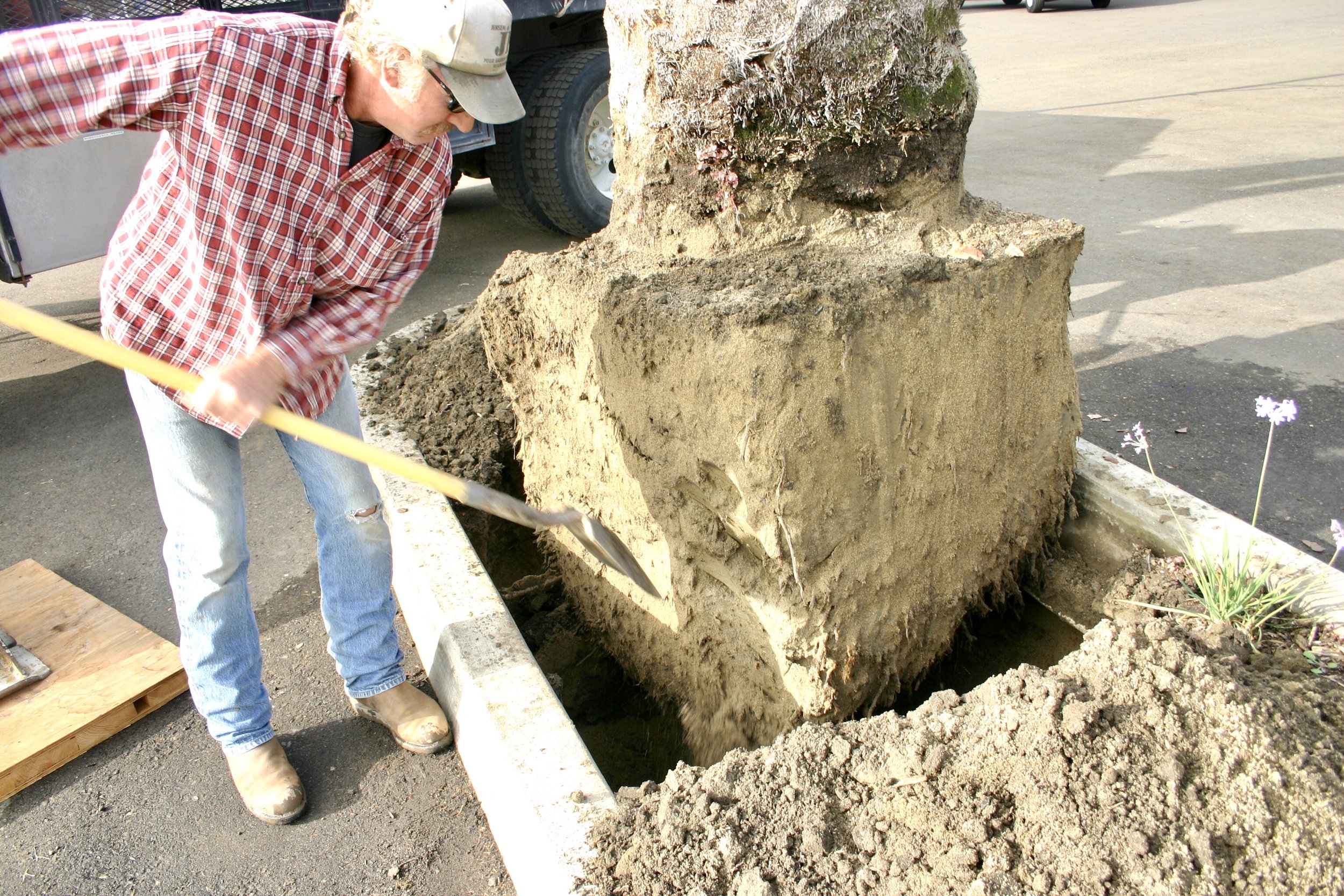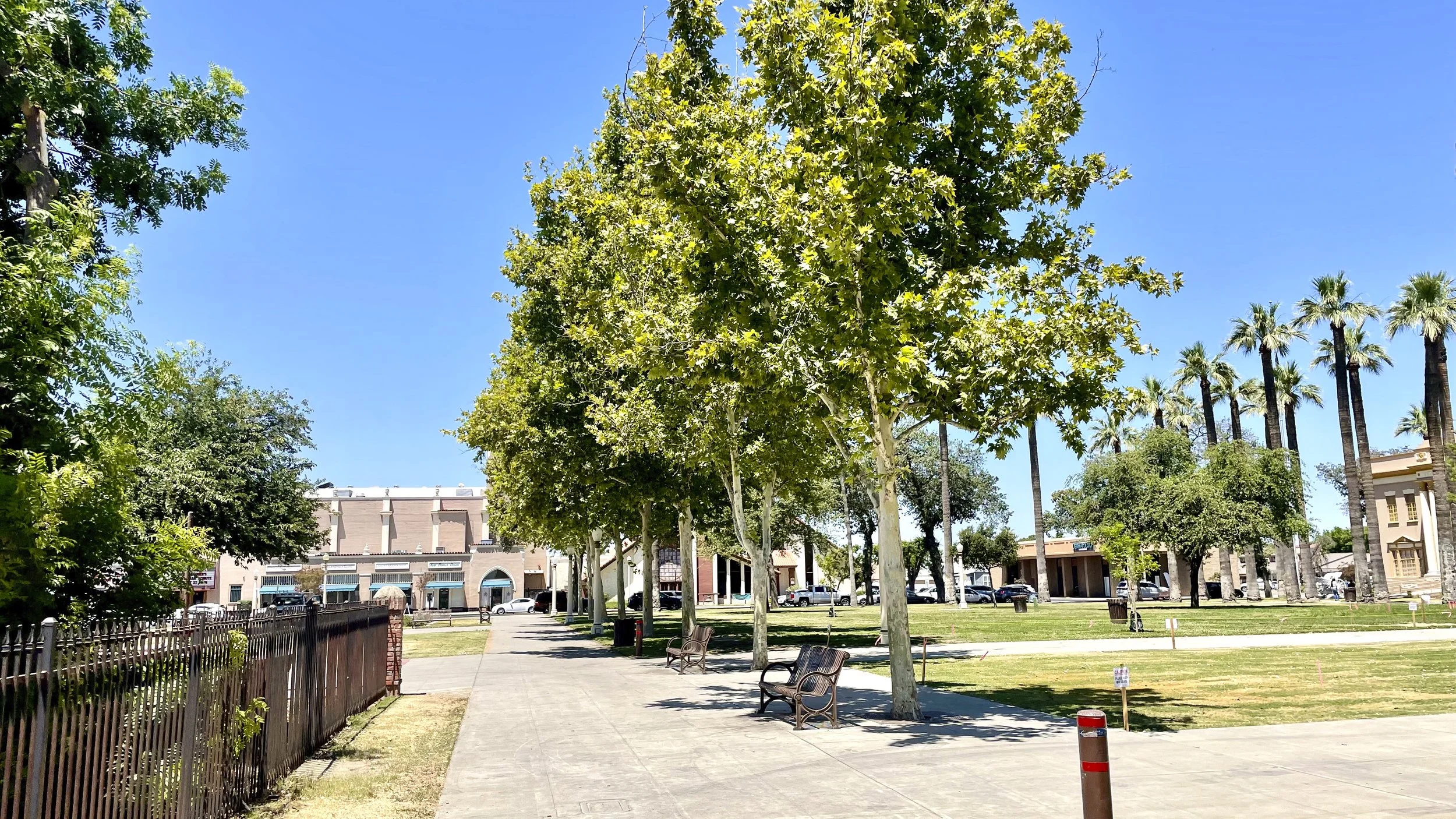
WORLD RENOWNED ARBORIST
As an International Consulting Arborist, my expertise lies in diagnosing tree conditions, providing treatment, recommendations, selecting appropriate trees for planting, and offering guidance on post-planting tree care. My services encompass a wide range of activities such as tree selection, specialized fertilization, pruning, irrigation system improvement, root zone management, pest and disease control, among others. I am recognized as a skilled tree care specialist.

Dr. Alex Shigo
In the early stages of my career, I enrolled in a seminar focused on arboriculture, led by renowned expert Dr. Alex Shigo.
Despite having acquired contemporary tree care techniques during my academic tenure at Cal Poly State University in San Luis Obispo, I anticipated gaining further insights into the subject matter. To my surprise, the sessions conducted by Dr. Shigo proved to be enlightening, revealing the depth of my ignorance regarding the intricate anatomy and physiology of trees beyond rudimentary concepts like xylem and phloem dynamics or basic pruning methodologies.
Immersing myself in Dr. Shigo's teachings, I delved into his literary works and made earnest efforts to attend his lectures and workshops whenever he visited the west coast, despite the logistical challenges posed by the absence of internet connectivity at the time. Establishing a rapport with him, I engaged in stimulating discussions on arboriculture during shared meals following his presentations.
A pivotal moment in my educational journey occurred during an extensive seminar in Los Angeles, where I honed my skills in dissecting tree components to uncover hidden evidence of injuries, emphasizing the significance of internal tree health beyond superficial appearances. This newfound ability to date and analyze tree damages proved invaluable, especially when applied to resolving legal disputes involving tree-related incidents.
Drawing upon 37 years of hands-on experiences and mentorship from esteemed professionals, I am poised to disseminate my accrued knowledge and insights through various channels such as blogging, international consulting, and public speaking engagements. By following my journey, I aim to instill in others a profound appreciation for trees, fostering a collective commitment to preserving and nurturing these vital components of our ecosystem.
In closing, I express my heartfelt gratitude to Alex for his invaluable contributions to my understanding of arboriculture and for inspiring me to embark on this mission of knowledge sharing and advocacy for tree conservation.
IN THE LAB
My area of expertise lies in the in-depth understanding of trees from anatomical and physiological perspectives. I excel in diagnosing tree-related issues and effectively implementing solutions. Benefiting from a college degree from Cal Poly State University, San Luis Obispo and invaluable mentorship, coupled with close to four decades of industry experience, I have attained a distinguished position in this field.
ARBOR SERVICES
Operating as a holistic tree specialist, I approach tree care by considering the broader ecosystem in which they exist, taking into account all interconnected relationships, whether beneficial or detrimental.
Recommendations
Urban and rural planning/planting
Write articles for social media and magazine, etc.
Speak at functions and events
Expert witness
Insurance claim evaluations
Will travel to most places nationally and internationally
Consult
Prune (limited)
Install
Educate
Public, private, governmental
Forensic tree analysis.
Diagnoses and treatment of tree issues
SOME CONSULTING ARBORIST PROJECTS

GOLF & COUNTRY CLUB MEXICO CITY, MEXICO
Tree & Landscape Consultant
Often I’m hired to “find out why” trees fail and detail plans to remedy the situation. If I was hired in the planning stages there would be less than 2 percent tree failure/death at this golf course construction site. I consulted for 18 months at this site. Ultimately, the entire tree pallet was changed at a considerable expense.
The long & winding entrance to the country club was in peril.
454 palm trees were brought in to set the tone for this beautiful golf site. Upon my initial inspection I discovered over 90 % of the palm trees were dead or dying.
That is what I do. Educate, Plan, Implement
If I was hired in the planning stages there would be less than 2 percent tree failure/death at this golf course construction site.
— Scott Seargeant

FREEWAY 198 EXPANSION PROJECT
Oak Tree Mitigation Consultant
International Consulting Arborist
The California Transportation Department (Caltrans) decide to expand the freeway in Visalia, Ca. I was hired to replot and rerecord every oak tree with a 2.5” caliper for mitigation. It had been several years since it was originally surveyed.
I found hundreds more trees that fit the criteria than the first report.
My work was questioned by the architects designing the freeway and Caltrans officials. “How could there be so many more valley oak trees, especially since they grow so slow?” I was asked.
I replied. “Valley oak trees (Quercus lobata) grow quite rapidly, especially as seedlings. They seem slow because their mature size is so massive. However, in reality a seedling can easily grow to a 2.5 caliper within three years especially if it received adequate water.”
This is part of what I preach. People in positions of authority over our urban forests not understanding what they are in charge of and ultimately make wrong decisions or conclusions that negatively impact our urban forest.

Consulting Arborist
RENOVATION OF DANGEROUS TREES
Risk Assessment
Unfortunately, as an international arborist, I get called after the damage it done. These old elm trees were butchered by tree trimmers for years causing instability. The trees finally succumbed to disease and rot and became hazardous. My recommendation was to remove the hazardous trees and start over. The city decided to plant sycamore trees in their place. Now after two decades the new trees are growing strong and with proper care, they will be here for future generations to enjoy.
People in positions of authority over our urban forests not understanding what they are in charge of and ultimately make wrong decisions or conclusions that negatively impact our urban forest.
— Scott Seargeant

Consulting Arborist
NEW STREET TREES SAVE DOWNTOWN
Tree Consultant
Trees are precursors to perceived value. They indicate the approach of positive or negative areas within a city. Our perception of value depends on the condition of the trees as they represent a microcosm of their environment.
Creating and maintaining a cohesive urban forest is challenging for any municipality. A well planned and maintained street tree program is essential for businesses in any urban setting. Unhealthy urban trees in a commercial setting has a negative impact on sales.
I was hired to consult on the design, selection, and post planting tree care for the downtown of this city’s main street. There were many dead or missing trees and the ones still growing were of different species, stunted, some were diseased or had insect damage. Many trees were structurally weak. All the trees needed to be removed and start over. This also included installing a new automatic irrigation system.
I faced many challenges including different soil structures derived from ancient lake bottom clays. They wanted one tree species for all the street trees. The challenge was to select a tree that would grow in the different soils.
I recommended planting Chinese pistache trees as the best overall tree to fit the unique growing conditions. I also spent time teaching the parks and recreation employees how to properly care for and maintain the trees. Now twenty years later, the trees are thriving, in a cohesive uniformed look, providing summer shade and helping to revive the downtown.

Consulting Arborist
AUTO DEALERSHIP’S GRAND OPENING
Tree Consultant
Occasionally I get called to an emergency involving trees falling over or a tree related issue. A car dealership was hours away from their grand opening when a palm tree fell over onto the parking lot. Fortunately, nobody was hurt and no property damage. This could have been a different story if the tree fell a few hours later.
After a quick inspection, I discovered all the palms had severe rot in their trunks and had to be quickly removed. As with most hazardous tree situations there were multiple issues. First, the trees were planted too deep. This unfortunately is a common practice. Many landscapers bury palms, so they do not have to guy wire them.
The landscape specifications called for sand as the backfill medium. Grass was planted around them. The automatic irrigation system was set to water grass, not palm trees so the palms were overwatered. Because they used sand as a backfill medium the root balls were saturated with water. The palms developed rot rather quickly (6 months).
You can’t cut corners and expect trees to live.

































